 Well, it’s that special time of year once again here at Mount Olivet, and no, I’m not talking about Christmas. While the cemetery looks great with many grave monuments decorated for the holiday season, I’m instead referring to the third of Mount Olivet’s commemorative military trifecta--Wreaths Across America. The others include Memorial and Veteran days. We have over 4,000 men and women buried here who served in the US military. Many participated in active combat in conflicts including the American Revolution, War of 1812, the Mexican War, American Civil War, Spanish-American War, the World Wars, Korea, Vietnam, the Persian Gulf War and Afghanistan. As more and more research is done, we seem to find our total number of vets here growing. Unlike Arlington or other veteran cemeteries, we have military men and women representing 10% of our cemetery grave population. (40,000+). This makes identifying veterans buried here without military markers a tough task. This is especially true if the individual in question moved here from elsewhere after completing their service. This Saturday, December the 18th, 2021, we will be hosting our fourth annual Wreaths Across America (WAA) Day. We won’t be alone, of course, but joined simultaneously by the fore-mentioned Arlington National Cemetery down the road, and over 1,600 additional locations throughout the United States, and at sea and abroad. Each site will include a host of volunteers and sponsors celebrating WAA’s mission of Remembering, Honoring and Teaching through the placement of special wreaths on veteran graves. This year, we came ever closer to our ultimate goal of covering all 4,000 graves with wreaths. Our final tally was 3,411, and again we sincerely thank all of our partners and sponsors for making this possible. On the other hand, we may not be thanking the “weather gods” as rain is in the forecast. This has been the case each year, however last December we were spared rain, but had eight inches of snow dumped on us three days before the event. This presented a challenge in uncovering graves to lay the wreaths, but we thankfully had our Veteran's Day flags on graves to help guide us. All in all, the weather isn’t important, but remembering the magnitude of the sacrifices made by these men and women in uniform for our freedom and liberty is all that counts. This is why we are involved in this important program, and will continue to hold it here in a patriotic cemetery where the grave of the guy who wrote our national anthem is just inside our front gate. In this installment of "Stories in Stone," I want to briefly call out two veterans whose grave sites will be adorned with wreaths this upcoming weekend. Other than having German lineage, they could not be more different. Each participated in conflicts separated by 130 years, however their lives were only separated by 57 years. They were both non-combatant members of infantry-based units, and played different roles than typical ground soldiers. One was a musician, and the other a nurse. Our subjects this week are Pvt. Michael Engelbrecht in Area Q, and 2LT Kathryn Hoffman in Area LL.  Maryland Union (Sept 16, 1880) Maryland Union (Sept 16, 1880) Michael Engelbrecht Private Michael Engelbrecht served as a principal musician in the Frederick County militia in the War of 1812. He served under Capt. James F. Huston and then Capt. Joseph Green from July 23rd to October 13th, 1814. Engelbrecht was born in Frederick Town on February 14th, 1792. His father was Johann Conrad Engelbrecht of Germany. His father fought as a mercenary soldier under the British throne during the American Revolution. Michael’s father had been captured at Yorktown and he and his his “colleagues” were transported to our very own Frederick Hessian Barracks, located a few short blocks down from Francis Scott Key and our cemetery front gate. These men were loosely guarded and found work at many local farms, owned by German immigrants who had migrated here in the decades predating the war. Several of these men decided to stay here after the war, not returning to Germany. Can you blame them? There was a great deal of strife happening back home in Western Europe, and Frederick Town was appealing for several reasons. These included: the German language was generally spoken more commonly than English here at this time; there was opportunity in the form of farming and working the trades including having a market for gifted immigrant craftsman. Best of all, there were plenty of cute and talented German females living in town and county who would make perfect marriage partners. Johannes Conrad Engelbrecht (1758-1819) settled here and worked as a tailor, and married Anna Margareth Houx. His family home was in the first block of E. Church St., on the south side of the street, between the corner of Market Street and the alley that runs between Church and Patrick immediately west of Winchester Hall . This is where Michael grew up, surrounded by six siblings, as he was the third of seven children. These included Frederick (b. 1786-1843), John Conrad (1790-1847), George (1795-1874), Jacob (1798-1878) and Catherine (Engelbrecht) Hardt (1805-1885). You may be familiar with Michael's little brother Jacob Engelbrecht, as he had quite a way with his pen, keeping a diary from 1817 until his death. He wrote about everything and every person. Michael attended school here and was a devout member of the Evangelical Lutheran Church, practically just across the street from his home. Two of the Engelbrecht boys answered the call of the "Second War for Independence" against our old foe, Great Britain. Michael was 22 years-old in 1814, and held the position of "fifer" in the militia company led by Capt. James Huston and others. Michael's brother, William, served as well but under Capt. Nicholas Turbott and in the role of an infantry private. I was curious as to the importance of fifers in warfare. A few years back. I marveled at the role of buglers in World War I as they were used as message "runners" for high command. This was the specific case with another veteran here at Mount Olivet named William Theodore Kreh. A fifer is a non-combatant military occupation of a foot soldier who originally played this instrument during combat. The practice was instituted during the period of Early Modern warfare to sound signals during changes in formation, such as the line, and were also members of the regiment's military band during marches. These soldiers, often boys too young to fight or sons of NCOs, were used to help infantry battalions to keep marching pace from the right of the formation in coordination with the drummers positioned at the center and relayed orders in the form of sequences of musical signals. The fife was particularly useful because of its high-pitched sound, which could be heard over the sounds of battle. Fifers were present in numerous wars of note, as Armies of the 18th and 19th centuries "depended on company fifers and drummers for communicating orders during battle, regulating camp formations and duties, and providing music for marching, ceremonies, and moral."  All I can share with you about Michael Engelbrecht's military experience is what I can glean from Sallie A. Mallick and F. Edward Wright's Frederick County Maryland Militia in the War of 1812 (2008). The Company of Captain Lewis (Emmitsburg Area) served from July 23, 1814 until January 10, 1815. They served at Bladensburg, Annapolis and Baltimore. According to one veteran, Captain Lewis Weaver commanded the company at the Battle of Bladensburg and after the engagement took his company to Baltimore. They arrived at camp outside of Baltimore on September 4, 1814. At some point he was cashiered and succeeded by Captain James Huston who in turn was succeeded by Captain Joseph Green of Emmitsburg who remained in command until the company was discharged on January 10, 1815 at Annapolis. Sergeant Martin Shultz stated that when Captain Huston was taken sick he returned to Frederick and never rejoined the regiment. From that point the company remained under the command of Lieutenant Thomas W. Morgan until Captain Green took command and retained it until the company was discharged. A reference is made in the Frederick-town Herald to the departure of a company under the command of Captain James Huston during the last week of July of 1814. From this item it can be concluded that Huston first commanded the company followed by Weaver, perhaps Morgan, and finally Green. On December 31, 1814, a reward was posted in the Frederick-town Herald for deserters from this company. Fifty had deserted in Baltimore, three deserted at Annapolis and two had deserted at Bladensburg. Captain Green offered $550.00 for the return of the men at his headquarters at Annapolis. Mallick and Wright included a roll list from that period of July-October, 1814 that included the major activity in our region including the Battle of Bladensburg and the Battle of Baltimore at which Francis Scott Key put pen to paper and came up with that catchy song about the US flag. The roll includes the names all the non-commissioned militia members numbering 90 and 14 commissioned officers including the name of Capt. James Huston and another interesting find, George W. Hoffman. Hoffman was an ensign who was promoted to 2nd lieutenant on September 20th, 1814. (Note: Keep this nugget for later on in this story.) Lastly, this company had three musicians: Michael Engelbrecht, George Shade and John Stauffer. Stauffer (1802-1878) was the drummer and apparently deserted on September 25th, 1814. Perhaps we need to cut this volunteer veteran some slack as he was only 12 years-old during the time of his military service. He lived out his life as a farmer in Woodsboro and would be re-buried here in Mount Olivet in 1924 from his original resting place of the Shiloh Methodist Protestant Churchyard in Walkersville. His gravesite is in Area U/Lot 78. Michael’s obituary appeared in the Frederick Examiner newspaper in July of 1886. Here we can get a better image of this man and the life he experienced. Two important notes to point out regarding this article. First, Engelbrecht was spelled incorrectly throughout the article, and I’m sure Jacob told the newspapers editor about it too. Secondly, Michael went into business with brothers Jacob and William on May 7th, 1841 at a location on N. Market Street between Church and Patrick streets. This was after his hiatus of a couple of decades where he had re-located to Geneva, Ontario County, NY. Michael moved to upstate New York in 1814 and lived at the northern tip of Seneca Lake until 1830. I learned that he was employed in the tailoring business of Jacob and Sarah Backenstose, and eventually became a partner of this firm. Jacob Backenstose (1769-1813) was the first tailor in western New York and well-reputed among the elite. I assume that Mr. Backenstose' death prompted Michael's re-location as they could have been earlier associates or perhaps relatives of some degree. Michael returned to Frederick in 1830 and would spend the next 56 years working and living in his native home. The tailoring shop operated by him and brother Jacob is said to have been located just a few doors north of the Market House (today's Brewer's Alley) in the 1859/1860 William's Frederick Directory City Guide. To reiterate another part of the obituary in respect to Michael’s personal life and connections to Mount Olivet, I want to mention his wife and daughters. In 1838, on August 28th, Michael married Rebecca Reed McMullin in Philadelphia. Michael’s bride was born in 1802 in Port Penn, Delaware which today neighbors Delaware City, Delaware to its north—the hometown (and final resting spot) of my father, grandparents, great-grandparents and two earlier generations dating back to the early 19th century. Sadly, Rebecca and Michael’s time would be cut short at less than a decade with her death on January 28th, 1847. She was only 45 years old. Rebecca was buried in the churchyard of Frederick’s Evangelical Lutheran Church. Michael would continue to raise their two known children into adulthood: Mary Ann Engelbrecht (1839-1880) and married William Henry Kline in 1860; and Rebecca Reed Engelbrecht (1841-1901) and married John Jacob Sahm, Jr. in 1864. Mary Ann is buried here in Area C/Lot 51 and Rebecca is in Area B/Lot 60. Michael Engelbrecht was Frederick’s oldest resident at the time of his death. We already know the gift of a diary that Jacob left as his legacy, just imagine the stories told by Michael whose life spanned an amazing time in our country. Fittingly, he is buried close by our town’s most famous nonagenarian who achieved the same age of 96—Barbara Fritchie. A few months after his death, Rebecca Engelbrecht’s body was unearthed from its resting spot in the Lutheran churchyard and re-interred here with that of her husband. Kathryn L. Hoffman The front page of the Frederick News edition of January 19th, 1943 carried the sad news of the untimely death of a local woman serving the war effort on the opposite coast of the country. 2LT Kathryn L. Hoffman was a nurse serving at Fort Ord in Monterey, California. Additional details would pepper the newspaper over the next several days as the young Adamstown resident would be fondly remembered as her body would make its way back home for burial. Kathryn was born May 26th, 1919 in Adamstown, the daughter of schoolteacher John Calvin Hoffman and wife, Mabel Viola (Whipp) Hoffman. Kathryn’s mother would die on July 28th, 1930 at the age of 48. She would be buried on Area LL/Lot 162. Mr. Hoffman would raise his three daughters into adulthood in the same manner as the fore-mentioned Michael Engelbrecht. He had help as he would re-marry, and this woman was named Lucy Schwartz. The girls would all do their mother proud. Helen Lenore (1910-2006) graduated from Hood College, and Mary Evelyn (1915-2001) Brown's husband, Carl E. Brown, was a familiar face at the C. Burr Artz Library Maryland Room for many years when I began my local history pursuits in the 1990s. Kathryn Hoffman was a 1936 graduate of Frederick High School and 1940 graduate of the Frederick City Nursing School, part of the Georgianna Simmons Nurses Home located in conjunction with the former Frederick City Hospital, known until recently as Frederick Memorial Hospital. Kathryn was no stranger to California as her older sister Helen (Hoffman) Holter had moved out there in the late 1930s. A newspaper article mentions a visit the young nurse had in 1940. It appears that Kathryn was part of the Army’s Third Corps and stationed in Baltimore when she received her next assignment in mid-fall, 1941, just a few months before the infamous attack on Pearl Harbor. Kathryn would be sent to Fort Ord, located on Monterey Bay. This installation was named for Edward Otho Cresap Ord (1818 – 1883) an American engineer and United States Army officer who saw action in the Seminole War, the Indian Wars, and the American Civil War. He commanded an army during the final days of the Civil War, and was instrumental in forcing the surrender of Confederate Gen. Robert E. Lee. Most interesting to me was the fact that Gen. Ord was a native of Cumberland, MD and descended from the legendary Cresaps of Oldtown, masters of the colonial Maryland frontier. Today Fort Ord is no longer a US Army base having closed in 1994. Instead, in 2012 a 14,651-acre portion of the former post was designated a national monument which helps to interpret the installation’s history dating back to World War I. An online history of the fort states: “After the American entry into World War I, land was purchased just north of the city of Monterey along Monterey Bay for use as an artillery training field for the United States Army by the U.S. Department of War. The area was known as the Gigling Reservation, U.S. Field Artillery Area, Presidio of Monterey and Gigling Field Artillery Range. Although military development and construction was just beginning, the War only lasted for another year and a half until the armistice in November 11, 1918. Despite a great demobilization of the U.S. Armed Forces during the inter-war years of the 1920s and 1930s, by 1933, the artillery field became Camp Ord, named in honor of Union Army Maj. Gen. Edward Otho Cresap Ord, (1818–1883). Primarily, horse cavalry units trained on the camp until the military began to mechanize and train mobile combat units such as tanks, armored personnel carriers and movable artillery. By 1940, the 23-year-old Camp Ord was expanded to 2,000 acres, with the realization that the two-year-old conflict of World War II could soon cross the Atlantic Ocean to involve America. In August 1940, it was re-designated Fort Ord and the 7th Infantry Division was reactivated, becoming the first major unit to occupy the post. Sub camps were built around the Fort to support the new training of Troops, Camp Clayton. Camp Clayton was built near CA Highway 1, the South Dakota National Guard 147th Artillery were the first unit to train at the new camp. In 1941, Camp Ord became Fort Ord. But soon the first threat came from the west as the Imperial Japanese Navy struck the island of Oahu, Hawaii at Pearl Harbor near Honolulu in an unannounced air attack, Sunday, December 7, 1941. In a few days the other Axis powers, such as Adolf Hitler's Nazi Germany, along with Fascist Italy of Benito Mussolini, declared and spread their war in Europe against Great Britain and France and the Low Countries to the U.S.” LT. Hoffman spent the holidays at her new, and final, home of Fort Ord. This program of Christmas Day festivities was found online. LT. Hoffman's name appears on page 4. Please note that cigars and cigarettes were on the menu as part of the dinner, especially interesting for a hospital, right? It was a different era, all-together. I became quite interested in the role and responsibilities associated with the Army Nurse Corps of World War II. I learned plenty from a brochure prepared in the U.S. Army Center of Military History by Judith A. Bellafaire. Here is a segment from Ms. Bellafaire’s publication (https://history.army.mil/books/wwii/72-14/72-14.htm): “More than 59,000 American nurses served in the Army Nurse Corps during World War II. Nurses worked closer to the front lines than they ever had before. Within the "chain of evacuation" established by the Army Medical Department during the war, nurses served under fire in field hospitals and evacuation hospitals, on hospital trains and hospital ships, and as flight nurses on medical transport planes. The skill and dedication of these nurses contributed to the extremely low post-injury mortality rate among American military forces in every theater of the war. Overall, fewer than 4 percent of the American soldiers who received medical care in the field or underwent evacuation died from wounds or disease. The tremendous manpower needs faced by the United States during World War II created numerous new social and economic opportunities for American women. Both society as a whole and the United States military found an increasing number of roles for women. As large numbers of women entered industry and many of the professions for the first time, the need for nurses clarified the status of the nursing profession. The Army reflected this changing attitude in June 1944 when it granted its nurses officers' commissions and full retirement privileges, dependents' allowances, and equal pay. Moreover, the government provided free education to nursing students between 1943 and 1948. Military service took men and women from small towns and large cities across America and transported them around the world. Their wartime experiences broadened their lives as well as their expectations. After the war, many veterans, including nurses, took advantage of the increased educational opportunities provided for them by the government. World War II changed American society irrevocably and redefined the status and opportunities of the professional nurse. Early Operations in the Pacific The Army Nurse Corps listed fewer than 1,000 nurses on its rolls on 7 December 1941, the day of the Japanese surprise attack on Pearl Harbor. Eighty-two Army nurses were stationed in Hawaii serving at three Army medical facilities that infamous morning. Tripler Army Hospital was overwhelmed with hundreds of casualties suffering from severe burns and shock. The blood-spattered entrance stairs led to hallways where wounded men lay on the floor awaiting surgery. Army and Navy nurses and medics (enlisted men trained as orderlies) worked side by side with civilian nurses and doctors. As a steady stream of seriously wounded servicemen continued to arrive through the early afternoon, appalling shortages of medical supplies became apparent. Army doctrine kept medical supplies under lock and key, and bureaucratic delays prevented the immediate replacement of quickly used up stocks. Working under tremendous pressure, medical personnel faced shortages of instruments, suture material, and sterile supplies. Doctors performing major surgery passed scissors back and forth from one table to another. Doctors and nurses used cleaning rags as face masks and operated without gloves. Throughout 1941 the United States had responded to the increasing tensions in the Far East by deploying more troops in the Philippines. The number of Army nurses stationed on the islands grew proportionately to more than one hundred.” I am still very curious as to LT. Hoffman’s daily activity throughout 1942. Even though she was on the American mainland throughout, I’m sure it was a stressful yet gratifying work, the fruits of her education, study and training. An amazing young life taken far too young, but such was the case with so many involved with World War II and all conflicts for that matter. One of the other unique findings seen while researching articles of LT. Hoffman’s funeral lies in the fact that her body was escorted back to Frederick by a LT. Gladys Beek. I wondered how the rest of her war experience played out? I started to go into that rabbit hole, but quickly jumped out and back on task. LT Hoffman was buried on January 26th, 1943 in Area LL/Lot 162 next to her mother. Eight months later, her sisters would have the body moved to a spot roughly ten yards to the south in Lot 143. This would eventually be the resting place of Kathryn’s two sisters and their respective husbands. This move also facilitated the opportunity for their father to be buried alongside his first wife. In case you were concerned, Mrs. Lucy Hoffman is buried with Schwartz family members in Mount Olivet’s Area P. Stories of 2LT Kathryn Hoffman and countless others laid to rest in Mount Olivet are priceless. I will never get tired of hearing about the people they call "the greatest generation." Those that put themselves in harm’s way, some making the greatest sacrifice, are the greatest of each generation in our country’s rich history. That’s why we must never minimize or forget the deeds of our veterans, long passed like Michael Engelbrecht and more recently with 2LT Hoffman. And don't forget those veterans who still live amongst us too.
Wreaths represent a circle of eternal life, symbolism dating back to Ancient Greece. This weekend they will be placed with care on over 3,400 graves. Thank you for your support in help making this happen each year.
0 Comments
Leave a Reply. |
STORIES
|
Archives
July 2024
June 2024
May 2024
April 2024
March 2024
February 2024
January 2024
December 2023
November 2023
September 2023
August 2023
July 2023
June 2023
May 2023
April 2023
March 2023
February 2023
January 2023
December 2022
November 2022
October 2022
September 2022
August 2022
July 2022
June 2022
May 2022
April 2022
March 2022
February 2022
January 2022
December 2021
November 2021
October 2021
September 2021
August 2021
July 2021
June 2021
May 2021
April 2021
March 2021
February 2021
January 2021
December 2020
November 2020
October 2020
September 2020
August 2020
July 2020
June 2020
May 2020
April 2020
March 2020
February 2020
January 2020
December 2019
November 2019
October 2019
September 2019
August 2019
July 2019
June 2019
May 2019
April 2019
March 2019
February 2019
January 2019
December 2018
November 2018
October 2018
September 2018
August 2018
July 2018
June 2018
May 2018
April 2018
March 2018
February 2018
January 2018
December 2017
November 2017
October 2017
September 2017
August 2017
July 2017
June 2017
May 2017
April 2017
March 2017
February 2017
January 2017
December 2016
November 2016

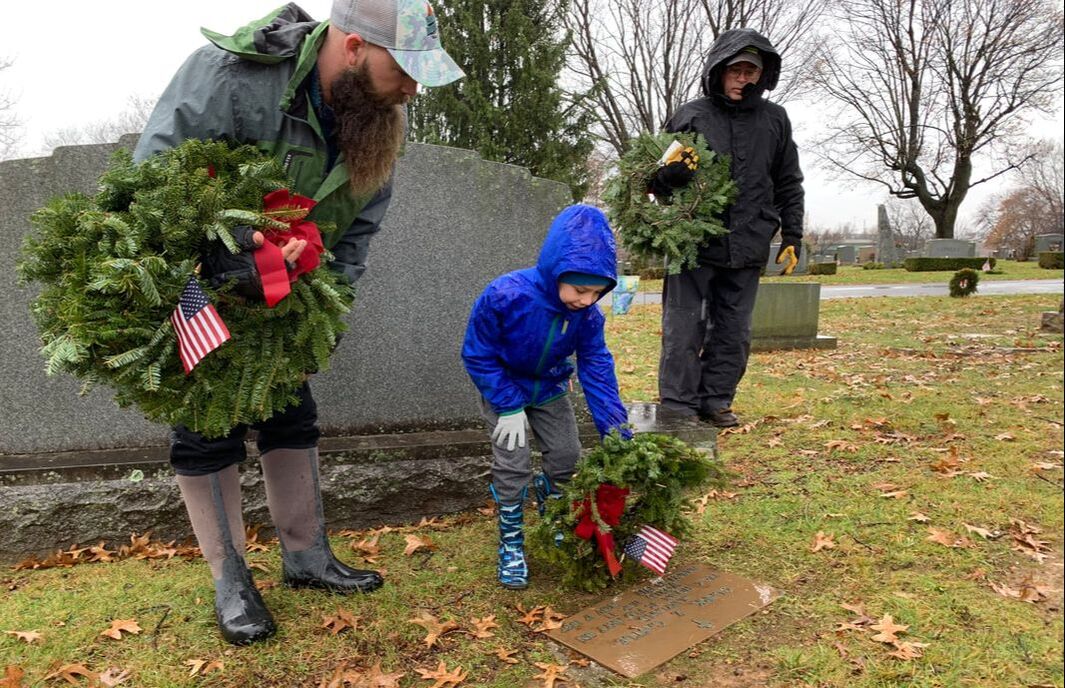












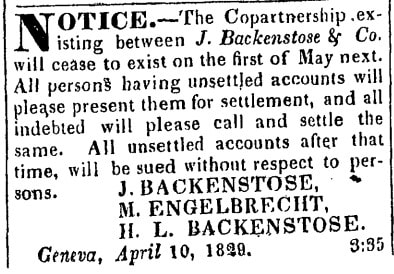

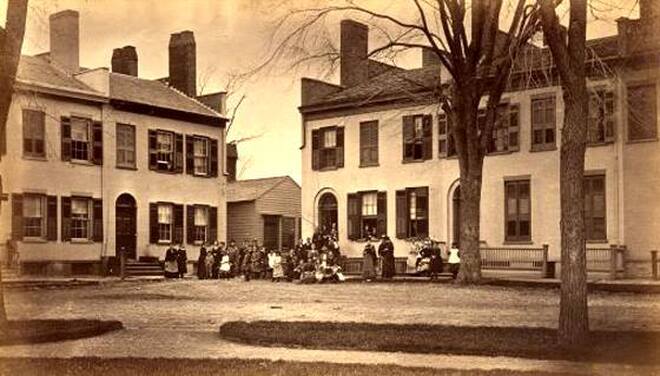










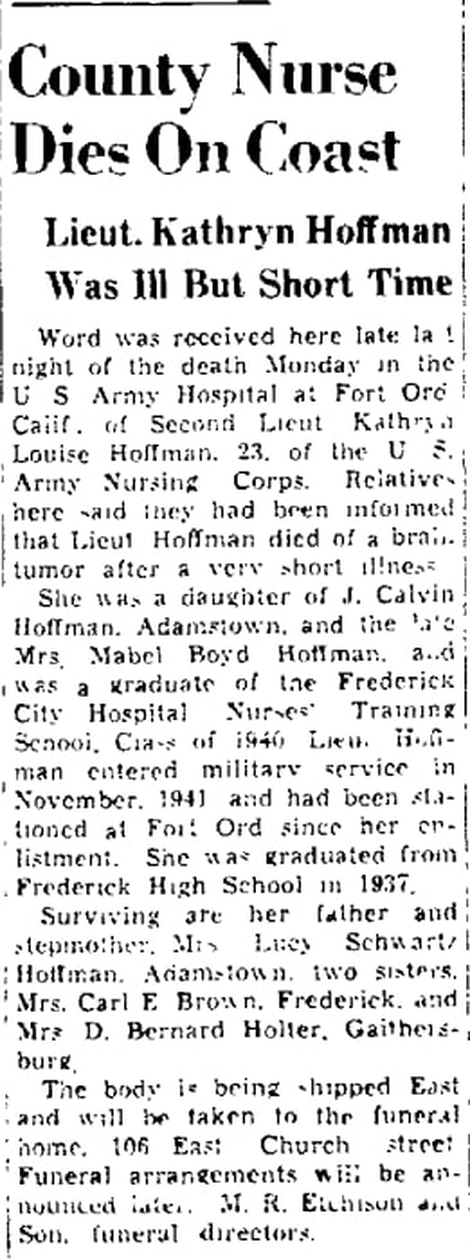


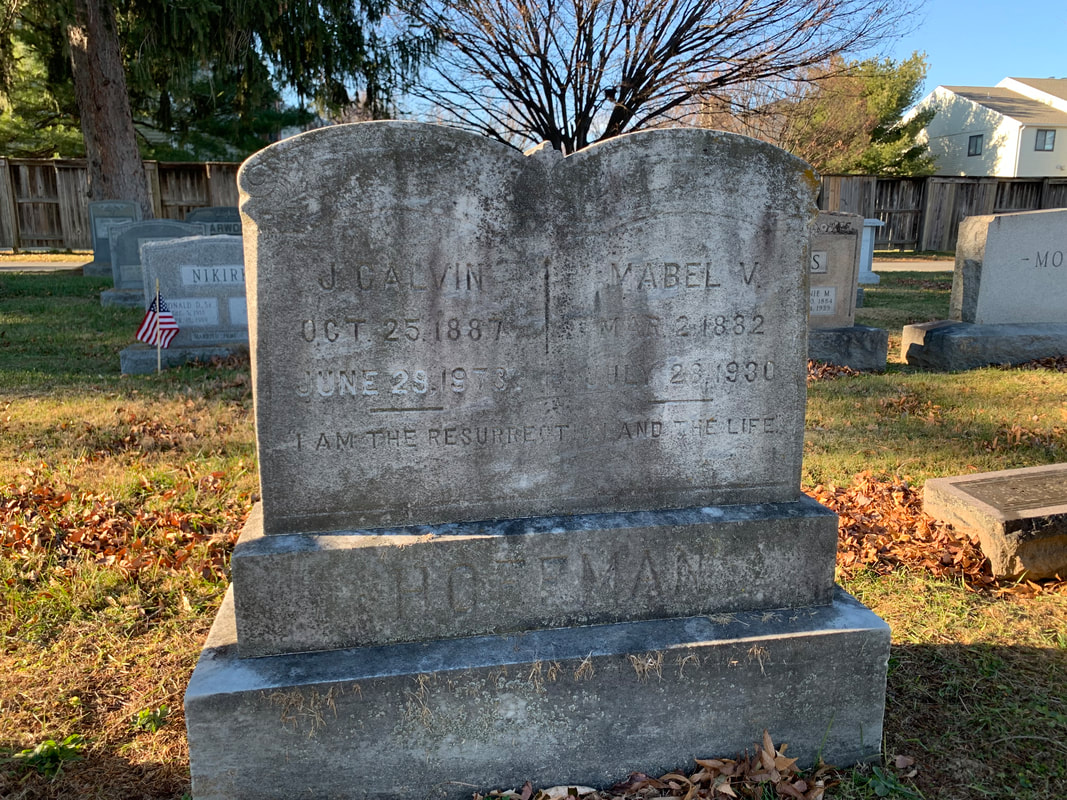


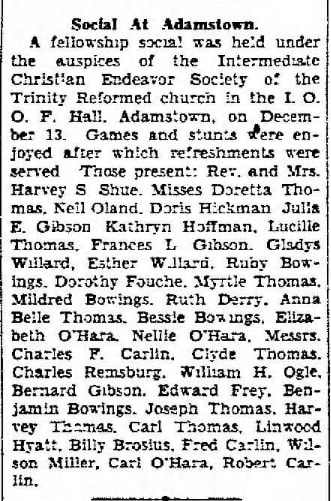

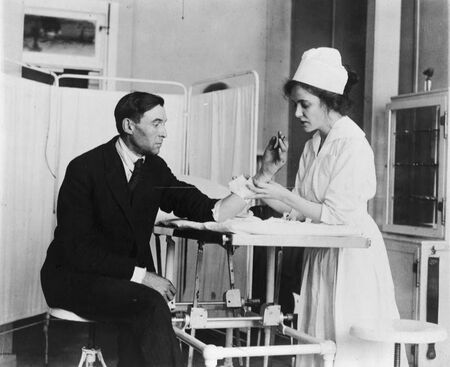





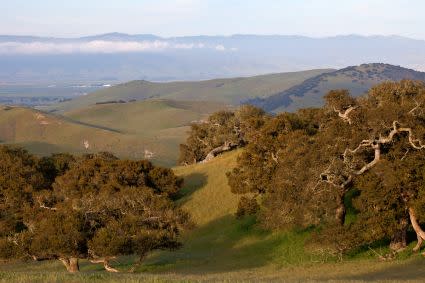












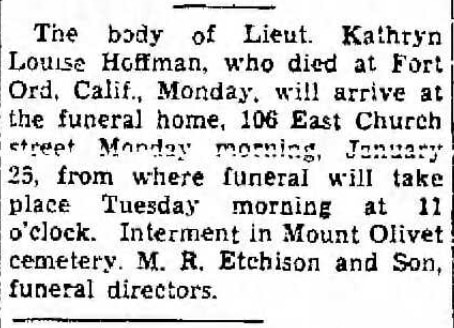






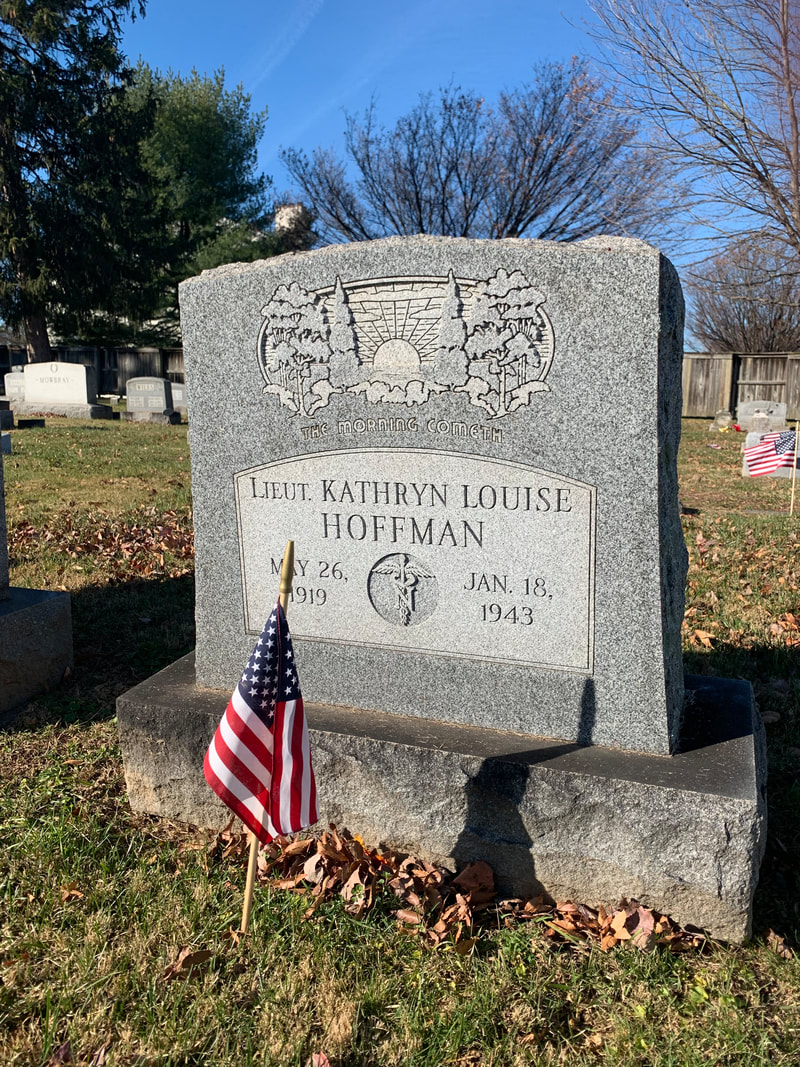



 RSS Feed
RSS Feed